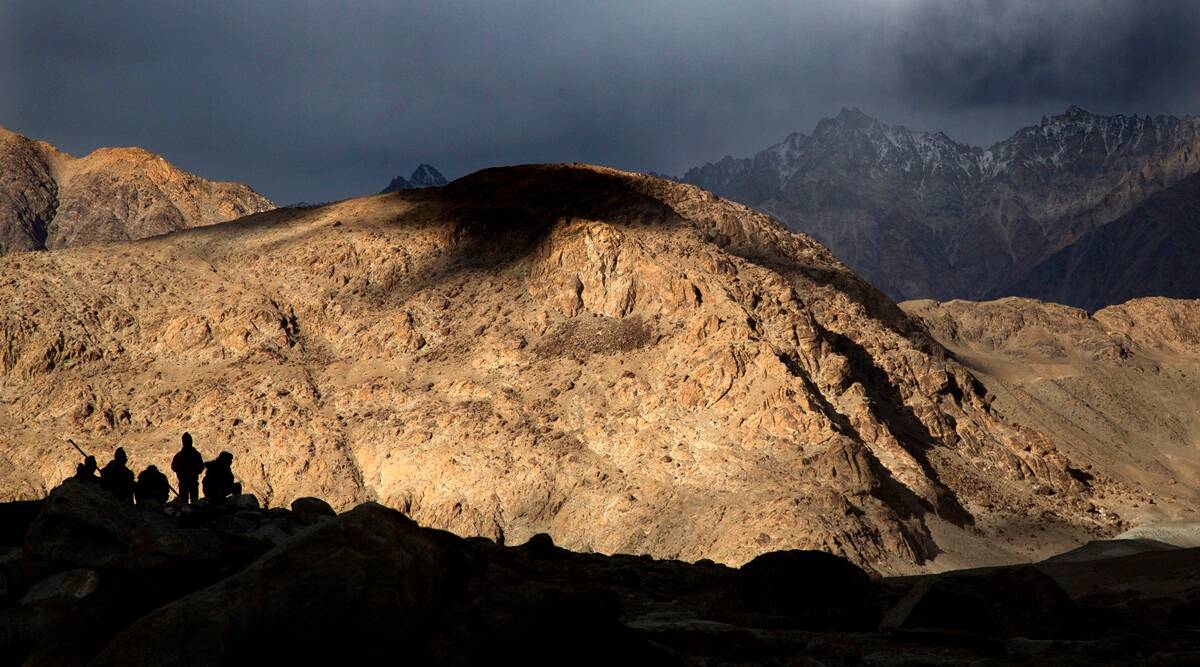The roots of the border dispute between India and China go back to the 1950s. Although the mood in the Indian diplomatic circles was upbeat after the Panchsheel agreement in 1955, relations started going south towards the end of the decade. The Chinese started to lay claim on parts of Ladakh and Arunachal Pradesh (then NEFA) first in their maps and then on the ground through military incursions, eventually leading to the India-China war in 1962.
This piece titled ‘Our Borders with China’ was published in the magazine Indian Libertarian on January 1, 1959 written by Shri M. A. Venkata Rao after a map was published in a Soviet journal showing parts of India as Chinese territory. He sees through the Chinese plan of eventually claiming parts of Ladakh, Sikkim and Arunachal Pradesh as their territory and advocates taking a firm stand by the Indian government to safeguard India’s historical territorial interests.
MAPS AND CHAPS!
Our northern borders run with the Chinese all along the Himalayan North from Ladakh to the northern tip of Burma abutting Assam. Now that Tibet has been frankly annexed by Red China, we are confronted with China all along the immense extent of the boundary. A fresh issue of a map of this area in Moscow’s journal New Times recently became the occasion for an excited hour of questioning in the Lok Sabha. The Indian public had noticed with misgivings earlier issues of maps of the area by China in which Sikkim and Bhutan and the North East Frontier Agency Tracts of Assam were shown as part of Chinese territory. Indian official protests and inquiries elicited the reply that they were old maps or reissues of old maps, and that the Red Government had not yet given their mind to a consideration of their border in these areas; and till then no importance need be attached to any differences with Indian maps and claims.
PANCHSHEELA AT WORK?
This attitude of the Red Government of China poses an intriguing problem to Indian diplomacy and brings into question the supposed wisdom and efficacy of the much-boosted foreign policy of Panchsheela which is supposed to have been ratified by China and Russia. Indeed it is held out to be an example to the rest of the world in the matter of peaceful intentions, non-aggression and mutual non-interference with each others internal affairs. Now these maps imply a surreptitious claim for a considerable part of Indian territory which may be raised explicitly and in earnest any time suitable to the Chinese. The fact that the maps have been reissued in The New Times of Moscow registers the endorsement of the Chinese claims on Indian lands by Soviet Russia. Thus are the flowers of Panchsheela fading before our eyes, and the grim realities of the international jungle revealed to our champions of peace and ahimsa. The Government of India, to judge from Nehru’s replies in the Lok Sabha, have no answer to this situation in their diplomatic bag.
WE MUST ACT BETIMES AND REGISTER OUR HISTORIC CLAIMS
It is to be realised that the answer of the Chinese Government to the Indian protest to the effect that till they pay attention to this border question, they propose to retain their version of the matter and show part of Indian territory as coming under their political jurisdiction means that they do in fact recognise the Indian border-line as shown in Indian maps. This means that according to China, Sikkim, Bhutan and the NEFA Tract belong, not to us but to China! This claim should instantaneously be repudiated and our rejection of it and reassertion of our border-line as understood by us should be intimated unambiguously to all the Governments of the world. It should be broadcast to the public of all nations, so that when the subject comes alive in a dispute with China, the world should know the background of India’s rights.
To read the full article, visit page number 4 on this link.
IndianLiberals.in is an online library of all Indian liberal writings, lectures and other materials in English and other Indian regional languages. The material that has been collected so far contains liberal commentary dating from the early 19th century till the present. The portal helps preserve an often unknown but very rich Indian liberal tradition and explain the relevance of the writings in today’s context.
Read more: Prof S.Ambirajan’s Thoughts on Development Economics
Post Disclaimer
The opinions expressed in this essay are those of the authors. They do not purport to reflect the opinions or views of CCS.




